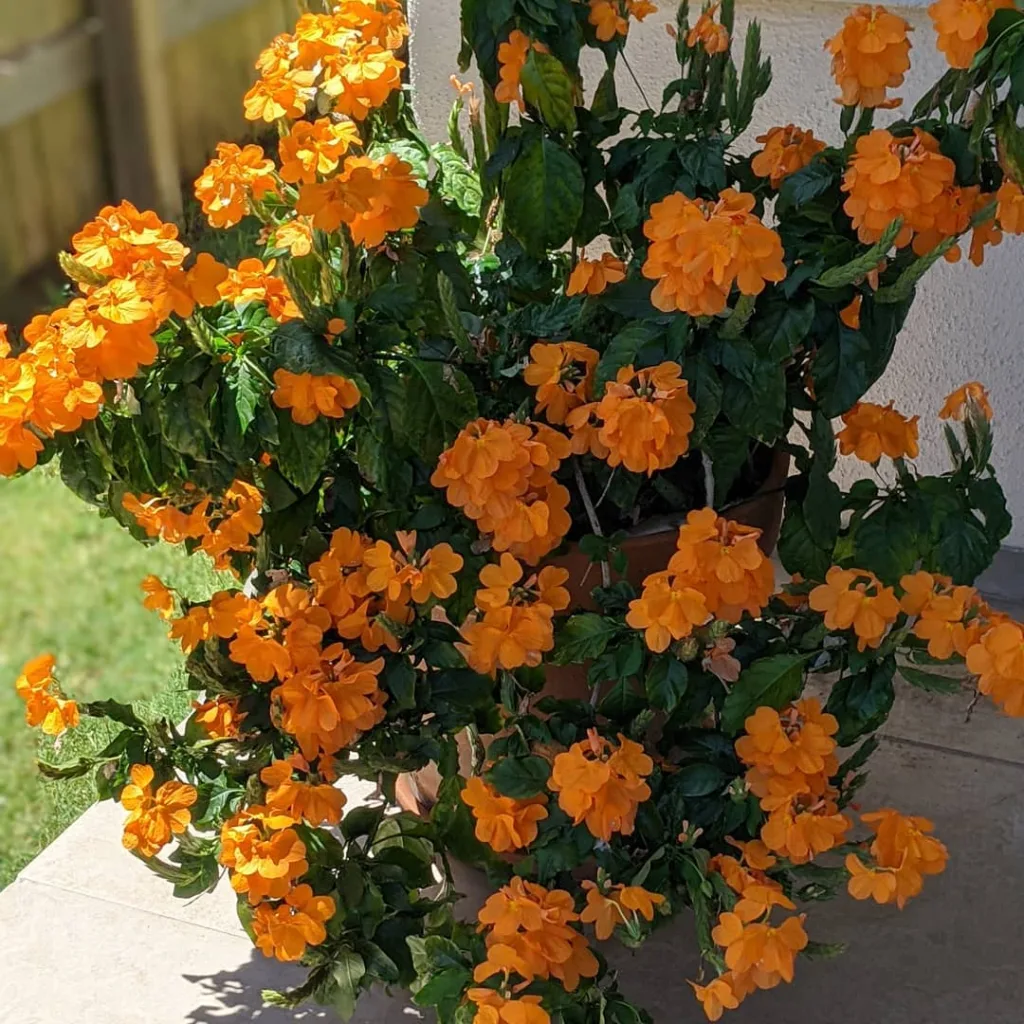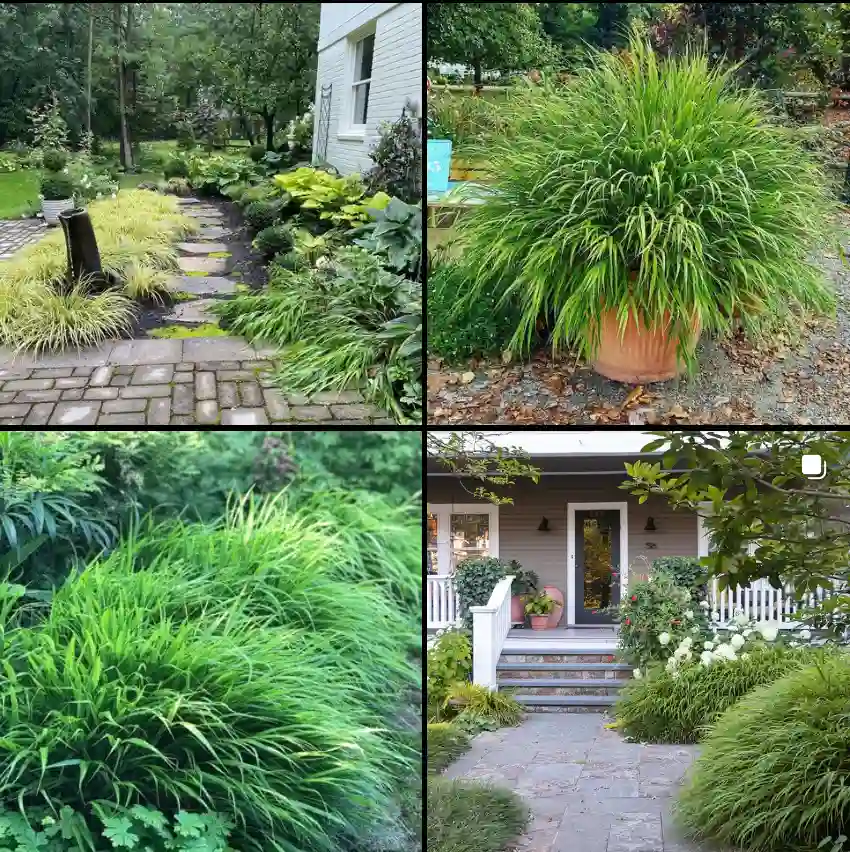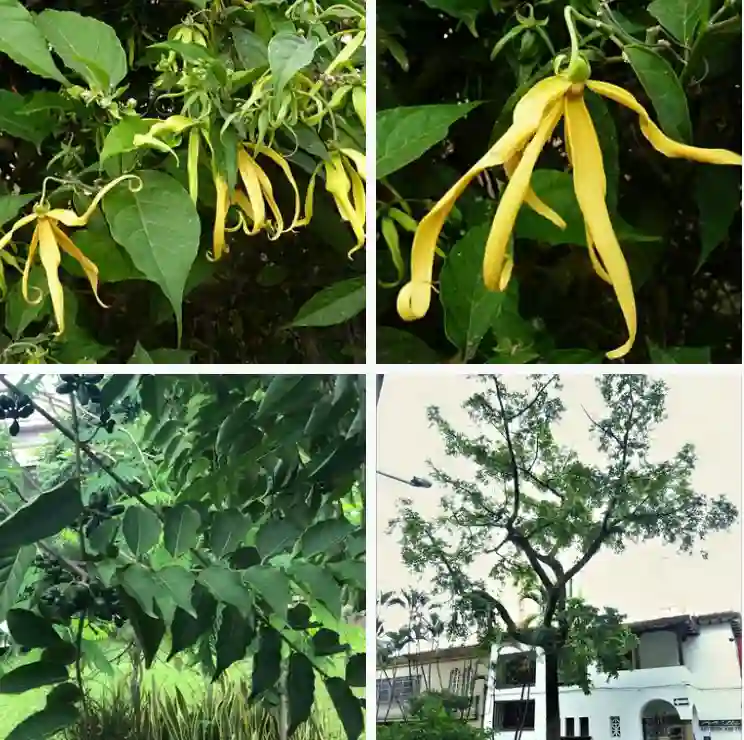My Fascination with the Sabal Palms
As a lover of all things botanical, I, Ferb Vu, find myself drawn to the unique beauty and resilience of the Sabal palms. These New World palms, commonly known as palmettos, possess a distinct charm that sets them apart in the plant world. Their fan-shaped leaves, sturdy trunks, and adaptability to various environments make them a fascinating subject of study and admiration.
A Closer Look at the Sabal Genus
The Sabal genus belongs to the Arecaceae family, which encompasses a diverse array of palm species. What distinguishes Sabal palms is their characteristic fan-shaped leaves, also known as palmate leaves. These leaves, with their numerous leaflets radiating from a central point, create a striking visual effect, reminiscent of an open hand. The petioles, or leaf stalks, are typically bare, adding to the clean and elegant appearance of these palms.
Sabal palms are further characterized by their robust trunks, which can vary in height and texture depending on the species. Some species, like the Sabal palmetto, can reach towering heights, while others, like the Sabal minor, maintain a more compact form. The trunks of some Sabal palms are covered in the remnants of old leaf bases, giving them a rough and textured appearance. In contrast, other species exhibit smooth trunks, with the old leaf bases shedding cleanly.
Diverse Species within the Sabal Genus
The Sabal genus boasts a rich diversity of species, each with its own unique characteristics and distribution. Here are:
- Sabal palmetto: This iconic palm, also known as the Cabbage Palm, is a symbol of the southeastern United States. Its towering height, reaching up to 65 feet, and its ability to withstand harsh coastal conditions make it a prominent feature of the landscape. Plant FAQs: Palmetto Tree – Sabal Palm – Sabal Palmetto
- Sabal minor: In contrast to its towering relative, the Sabal minor, or Dwarf Palmetto, maintains a low profile, typically reaching heights of no more than 6 feet. This cold-hardy species is a popular choice for landscaping in regions with cooler climates.
- Sabal mexicana: Native to Mexico and parts of Texas, the Sabal mexicana, or Mexican Palmetto, is a large palm that can reach heights of up to 50 feet. Its distinctive trunk, often covered in a crisscross pattern of old leaf bases, adds to its visual appeal.
- Sabal causiarum: Endemic to Puerto Rico and the Virgin Islands, the Sabal causiarum, or Puerto Rican Hat Palm, is known for its large, nearly circular leaves, which were traditionally used to make hats.
- Sabal domingensis: This Hispaniolan Palmetto, native to the Dominican Republic and Haiti, is a tall palm that can reach heights of up to 60 feet. It is known for its resistance to strong winds and its ability to thrive in various soil conditions.
- Sabal antillensis M.P.Griff.
- Sabal bermudana L.H.Bailey
- Sabal × brazoriensis D.H.Goldman, Lockett & Read
- Sabal etonia Swingle ex Nash
- Sabal gretherae H.J.Quero
- Sabal lougheediana M.P.Griff. & Coolen
- Sabal maritima (Kunth) Burret
- Sabal mauritiiformis (H.Karst.) Griseb. & H.Wendl.
- Sabal miamiensis Zona
- Sabal pumos (Kunth) Burret
- Sabal rosei (O.F.Cook) Becc.
- Sabal uresana Trel.
- Sabal yapa Becc.
The Allure of Sabal Palms
What captivates me most about Sabal palms is their ability to thrive in a variety of environments. From the coastal regions of the southeastern United States to the inland areas of Mexico and the Caribbean islands, these palms have adapted to a wide range of climates and soil conditions. Their resilience in the face of harsh elements, such as strong winds, salt spray, and drought, is a testament to their hardiness.
Beyond their resilience, Sabal palms possess an understated beauty that I find particularly appealing. Their simple yet elegant form, with their fan-shaped leaves and sturdy trunks, exudes a sense of tranquility and strength. Whether standing tall in a coastal landscape or adding a touch of tropical charm to a garden, Sabal palms command attention with their understated presence.
Conclusion
The Sabal palms, with their diverse species, adaptability, and understated beauty, hold a special place in my heart. Their ability to thrive in various environments, their resilience in the face of challenges, and their simple yet elegant form make them a source of fascination and inspiration. As I continue to explore the world of plants, I am certain that my appreciation for the Sabal palms will only deepen.
If i die, water my plants!



